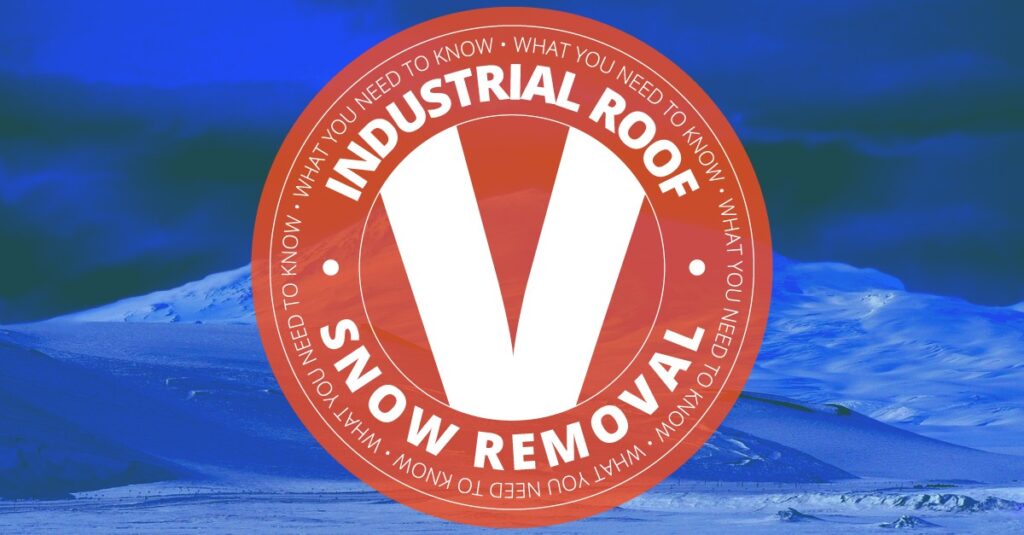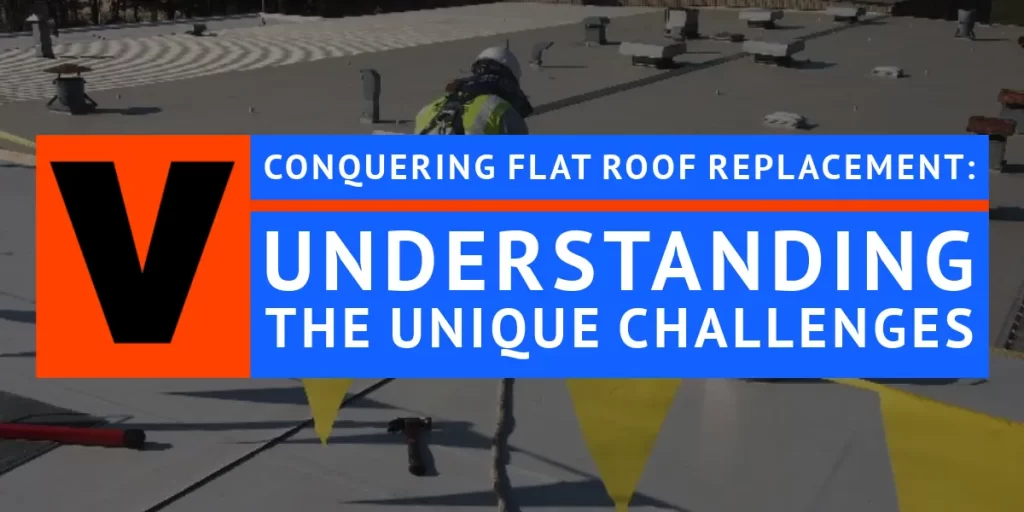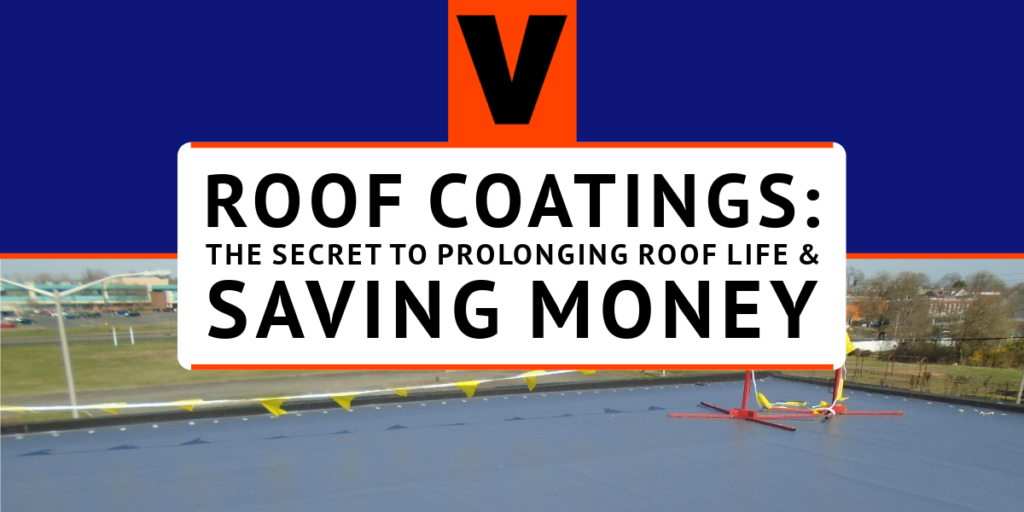Throughout the northeast, property owners are turning to plans for industrial roof snow removal. Even before the first flurry flies, a plan must be in place to remove the snow, relocate it, and preserve your industrial building.
Know the Dangers
Having no plan is the same as planning for roof failure. A plan begins with knowing your industrial roof:
- Your building has a safe weight limit of snow that it can hold. Depending on the material and the weather conditions you expect to face in the years ahead, having a plan for snow removal could be life saving to your building.
- Fresh snow exerts pressure per cubic foot. Checking with your roofing company that originally installed your roof will allow you to know how to be prepared in case of a large snow fall.
- Melting snow can cause large ponds of ice build up if the temperature were to drop. This can also create drainage issues if ice were to fill your drainage system, your drains could crack.
- Expect rooftop insulation to compress under such loads. Compression leads to low spots, which encourages ponding and subsequent roof leaks.
Recognize Warning Signs
Building managers need to know the warning signs of snow overload on a roof:
- If your roof cannot support the structural weight of heavy snow, you will start to hear creaks and popping noises coming from the ceiling of your building.
- Surface cracks and punctures. If you notice that your roof is has lines from cracks or you are starting to see holes where ice has seeped under and caused flashing to rip, you should call a professional roofing repair company.
- Ceiling tile staining is another sign your roof is having issues. If your ceiling is showing any signs of water damage, you know there could be a lot more additional future damage elsewhere, if it hasn’t already happened!
Have a Plan
Thinking you will send maintenance crews up to shovel off the roof will simply not work. OSHA fall protection guidelines alone make this impractical.
During nice weather, determine where snow removed during routine industrial roof snow removal will be relocated. You may have a disused service yard where front end loaders can put it. Avoid allowing snow to build up against your building.
Hire a professional, commercial roofer to examine and map your roof. Having accurate locations of HVAC units, internal drains and vents makes snow removal easy. Crews can avoid accidentally severing communications cables if they know to expect them, for example.
Make sure to document, over time, whenever anyone accesses the roof, and note the areas where work was completed. This ensures that future roof inspections are done properly, and the information may aid in planning for professional snow removal from the roof.
The professional roofer that maps your roof may also offer industrial roof snow removal services. Despite the costs of such services, they are far cheaper than having your factory roof collapse or your warehouse leak.
Specialized Equipment
Industrial roof snow removal does still involve old-fashioned snow shovels, but it also uses vacuums, brushes, and other devices to remove snow from delicate rooftop features, like solar panels and satellite dishes. Speak with the snow removal experts at Vanguard Roofing today, so you can have a plan in place tomorrow.



